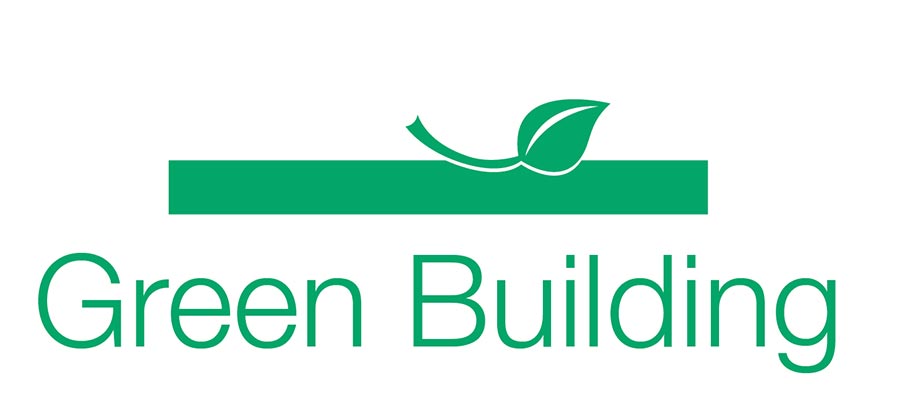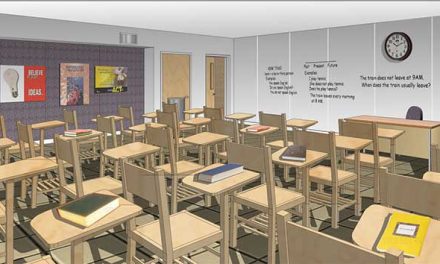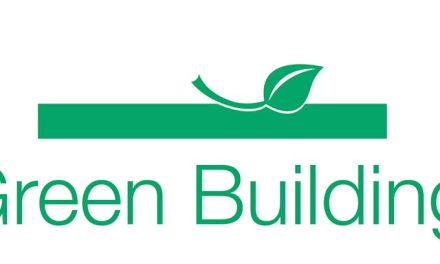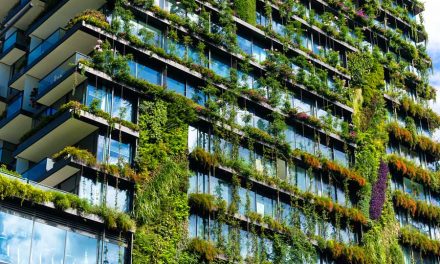by Richard Rue
Building exterior walls using Insulating Concrete Forms (ICFs) can save hundreds of dollars annually in heating and cooling expenses. But constructing an energy-efficient thermal envelope doesn’t always guarantee rock-bottom utility costs. To maximize your energy savings, it is important to ensure the HVAC system is “right-sized” for the home.
A properly sized HVAC system will not only heat and cool efficiently, but also maintain comfortable humidity levels in the home and contribute to a healthier living environment.
Bigger Isn’t Better
Because concrete homes are so energy efficient, owners can get by with smaller-capacity equipment. But many HVAC contractors are unfamiliar with the superior performance of ICFs and end up installing oversized equipment that not only carries a higher price tag, but also costs more
to operate.
An oversized HVAC system will have a higher initial cost than a correctly sized system, and it will consume more energy than necessary to maintain thermostat set points. It will also lead to larger temperature swings.
Don’t Mix Components
Don’t mix and match HVAC equipment, using components made by different manufacturers. It will operate much more efficiently if all the equipment is from a single company. Variable-speed systems also deliver better energy performance than single-speed equipment. These systems will typically run longer but at lower speeds, which provides better humidity control at reduced operating costs.
The Symptoms
If you’re living in an ICF home and aren’t enjoying the lower utility bills you expected, it’s probably the HVAC system.
Short cycling: When an air conditioning unit first turns on, it goes through a startup process that uses more energy in the first 3 minutes than it will use in 30 minutes. If the unit is turning on and off four times an hour, it’s using as much energy as it would running two hours continuously. Instead, the unit should run continuously for 40 to 50 minutes out of every hour to maintain consistent room temperatures and achieve more comfortable humidity levels. Many times a 2,000 sq. ft. ICF house located in a Sun Belt state may need only 1-1/2 tons of cooling capacity, instead of the 4 tons needed for a wood-frame structure of equal size.
Excess Humidity or Dryness: An over-sized AC system will cause excess humidity, which makes occupants feel “clammy” and can contribute to mold growth. An oversized furnace can cause paint to peel and wood to crack. Buy an inexpensive desktop humidistat and keep humidity between 30% and 50%.
Professional Help
As an ICF builder or homeowner, you should always seek the services of a mechanical engineer or licensed HVAC professional that specializes in foam-insulated concrete structures. It’s important to use someone who will take a whole-house approach, accounting for such factors as the square footage of the space, insulation of the thermal envelope, the number of windows and doors, and the climate.
EnergyWise, for example, uses a proprietary computer program to perform a detailed energy analysis. We then match the HVAC system to the thermal envelope. Our company even offers a monthly average utility cost guarantee to the builder or homeowner.
Richard Rue is the founder of EnergyWise Structures. He can be reached via his website at www.energywisestructures.com.













